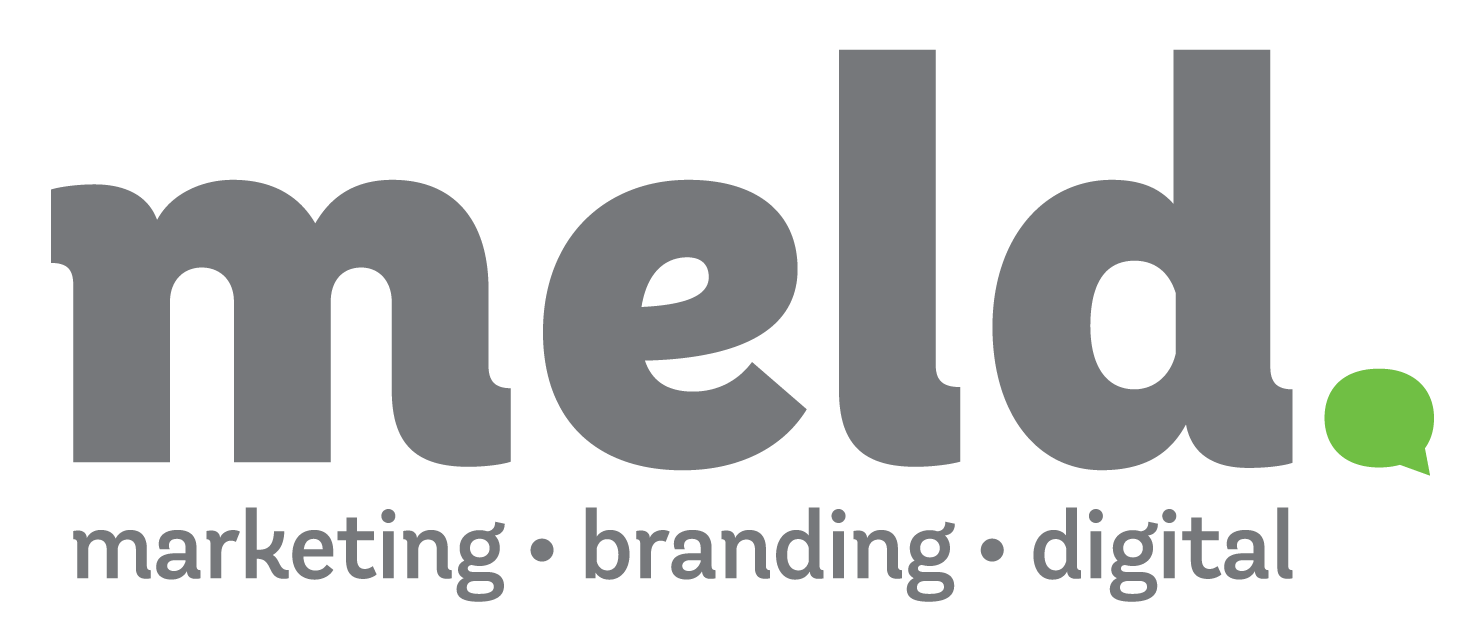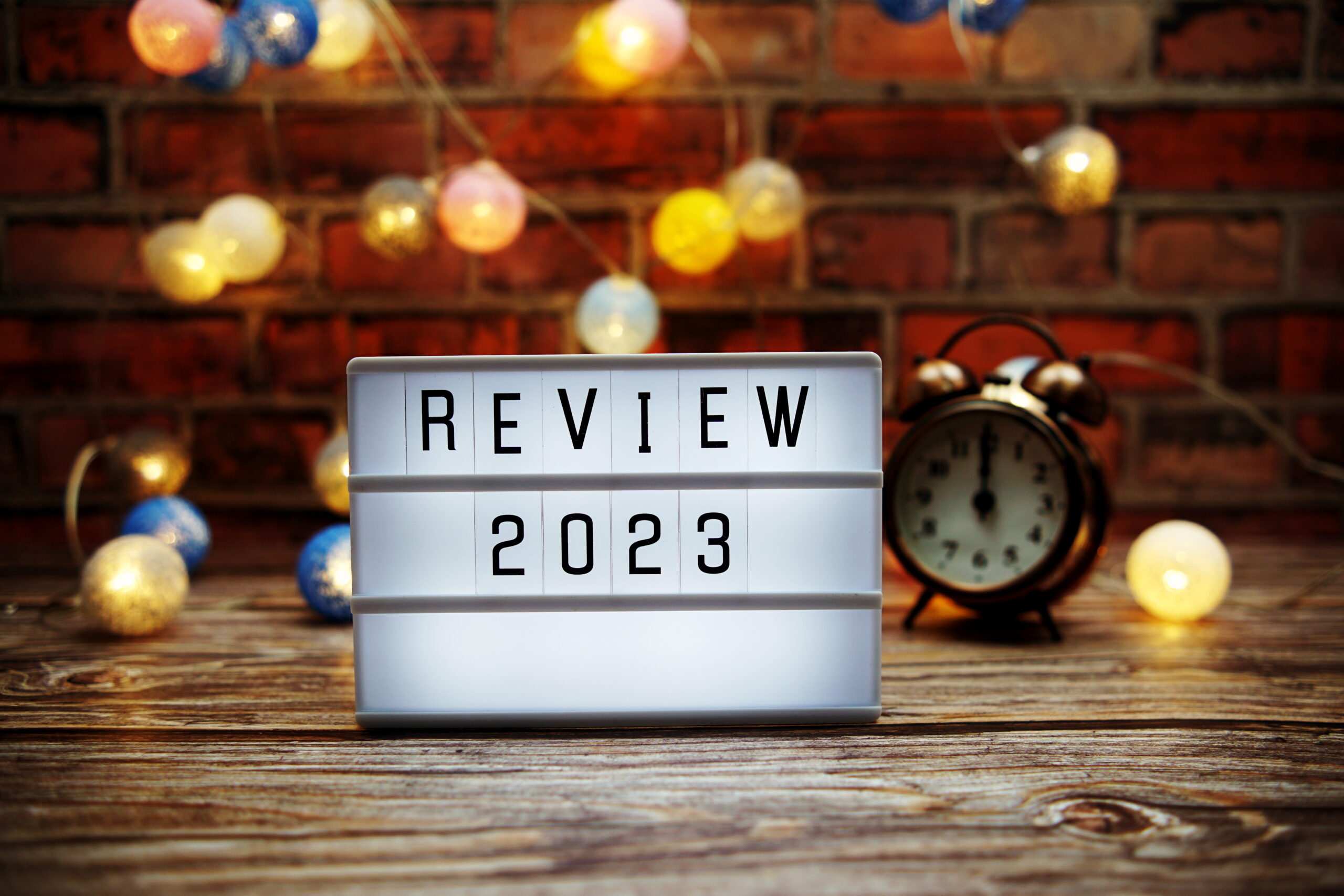We know coronavirus is impacting business as we know it, prompting many toadjust their marketing efforts to ensure campaigns are appropriate to today’s climate. For some, this means adding to their already full plate of “to dos.” For others, it means pausing deadlines and deliverables that are pushed out, put on hold, or cancelled.
If you have extra time on your hands, make a pivot and put a fresh set of eyes on your foundational marketing assets, such as your brand guide, marketing plan, audience personas, message matrix, marketing templates, sales materials, social media, and website. Why do we call them foundational? Because they are critical to driving your marketing efforts forward throughout the year.
Move this Review to the Front Burner
Let’s be honest. Foundational marketing audits are almost always back-burner projects. We may focus on ANYTHING else ahead of these items. We think “they have been fine for two years… they will be fine for another month until I get around to it.” Then those months turn to years, and here we are.
Yet these items are some of the most important things to keep up-to-date in your marketing toolbox. When was the last time you reviewed your own brand guide or double-checked your brand colors? Have you visited your website lately with the mindset of a customer looking for certain information?
Below are 5 foundational items you can check to ensure your brand is up-to-date and prepared for the future.
1. Brand Guide and Brand Audit
Open up that brand guide. Give it a read. Look for anything that stands out as either outdated or not connected to how you have been using the brand. A brand guide should rarely change from year-to-year, but this is your chance to see if it still holds up.
- Review the brand attributes, personality, voice/writing style, fonts, colors, photography style, and logo usage.
- Take a look at your social media (about us, posts and designs), your recent email campaigns, Google Ads, your website, print materials, and even your outgoing voicemail.
- Consider every item that a potential customer might encounter and check for brand consistency.
- Identify potential disconnects and how you can remedy them (now or in the future).
If your brand guide requires an update (this should be a rare occasion), use this time to make those changes. Ensure the updates are clearly communicated to anyone using the brand (including vendors). Replace previous copies stored in your intranet or Google Drive. As needed, make updates to any deliverables impacted by the changes to brand guide. (see task 3 below)
2. Audience Personas and Messaging
Think about your key customer groups or audiences. Have they changed since you last assessed them? Do you have a new market or a new set of customers you are engaging?
- For each audience, consider the “typical” persona and what is most important to that audience. Why would they want your product or service? Why would they select your product/service compared to a competitor? What are the top three things that are most important to that audience? What are some common traits or factors of this audience?
- If you have a message matrix or key messaging document, how might you adapt it based on new insights you’ve gained? Make sure your messages align with your differentiators and the things that are important to each specific audience.
- If you have made changes (even small ones), keep this in mind as you complete task #3.
3. Templates and Sales Material Updates
With updated messaging or branding may come the need for updated materials. Even a slight color change on a secondary palette may impact hundreds of files. Consider both a brand check (as listed above) and a content audit.
- Make sure your templates and materials (digital, print, etc) are on-brand. This includes personality, colors, logo usage, photo styling, fonts, etc.
- Ensure your materials have content that reflects your current products/services and related differentiators.
- Update/refine the content to reflect any audience messaging changes.
- Refresh any outdated statistics, references, or contacts on materials.
- Ensure your copyright dates and footers are up-to-date.
4. Marketing Plan Updates
A marketing plan is developed annually based upon your business goals and marketing strategy. But as many events are being cancelled or moved to virtual engagements, some areas may need to be updated or adjusted, such as social media campaigns. Think about how you can change your plan if this continues for the next few months or even the remainder of the year.
- Unless the marketing strategy (high-level approach) is no longer relevant, the strategy should remain the same.
- Review the tactics (projects, campaigns, activities) listed to support each strategy. Which of them may no longer be possible or may need adaptation?
- Think about your measurement plan. If you were going to base a success metric or KPI (key performance indicator) on the number of trade show leads generated, what will you measure now without trade shows?
- Check your marketing plan against these common marketing plan mistakes.
- As needed, present your revised plan to your leadership/management and obtain approvals.
5. Website
While customers may not be walking into your retail stores, they may still be visiting you online. Customers are being forced to do more virtually. This could include online shopping, researching future purchases, or making plans for two months from now.
Your website is likely one of your most utilized marketing tools, but it is also one of the least likely to be fully up-to-date. It should be kept up-to-date and regularly refreshed with new content (blogs, case studies, etc). Structurally, a website should have a full redesign every 2-3 years. And, while you may be posting blogs, how often are you actually looking at the rest of your site?
- Check your copyright line and footer information. Did you forget to update it up to year 2020 back in January?
- Are former staff members still on your team page? Are new staff members not included?
- Are there new services you are offering, or have you changed the name of those services?
- Are there discontinued product lines still displayed, or new product lines that need to be added?
- Do you have new client case studies or “our work” to add to the site?
- Do your landing pages need an update?
- Are contact forms going to the right recipients?
- Is now a good time to try launching live chat?
- Is it time to start documenting your wish list for your next website redesign?
Just because you review your site doesn’t mean you have to remedy these things all at once. Take the time to document needed website improvements and build an action plan.
Finished those five tasks?
Other common back-burner marketing tasks you can do:
- Reputation Management: Check out review websites, your scores, and any feedback. Respond (if you haven’t already) and document a plan to increase or improve reviews.
- Competitive Intelligence: Identify your top competitors and look at what they are doing. Check out their social media and website. Consider how your offerings differ, and what key points you could make that differentiate your business vs theirs.
- Customer Insights: Is now a good time for surveys or other customer research? If people have more time on their hands, maybe they might be more willing to participate. This could give you great insights that could impact future efforts.
- Data Cleanup: (Shudder) Yes, the dreaded task of updating or cleaning up your client relationship management (CRM) or database. Have you removed people who do not engage with your emails or website? Perhaps someone has moved or changed companies and you’ve not updated their account? Now is the time (before it gets busy again) to ensure your contact list is up-to-date.
- Customer Event Alternatives: What about your trade shows and events that were planned for the year? What can you do with your event and trade show audiences right now while venues are closed? What can you do to refresh or prepare your booth so you are ready to hit the ground running when venues reopen? This is a great time to make a plan and action it.
Need Some Help? Let’s Chat!
As you go through this list, you may find yourself thinking “I have no idea what to do or where to begin.” That’s understandable. Maybe it wasn’t lack of time keeping you from those tasks, but instead a lack of experience or know-how. Meld can help!
We work with clients large and small, local and international, to provide marketing support where you need it. As a full-service marketing agency, we are ready to support you and your needs. Contact us for an initial discussion (on the house), and let’s see if there aren’t ways that we can partner together.



